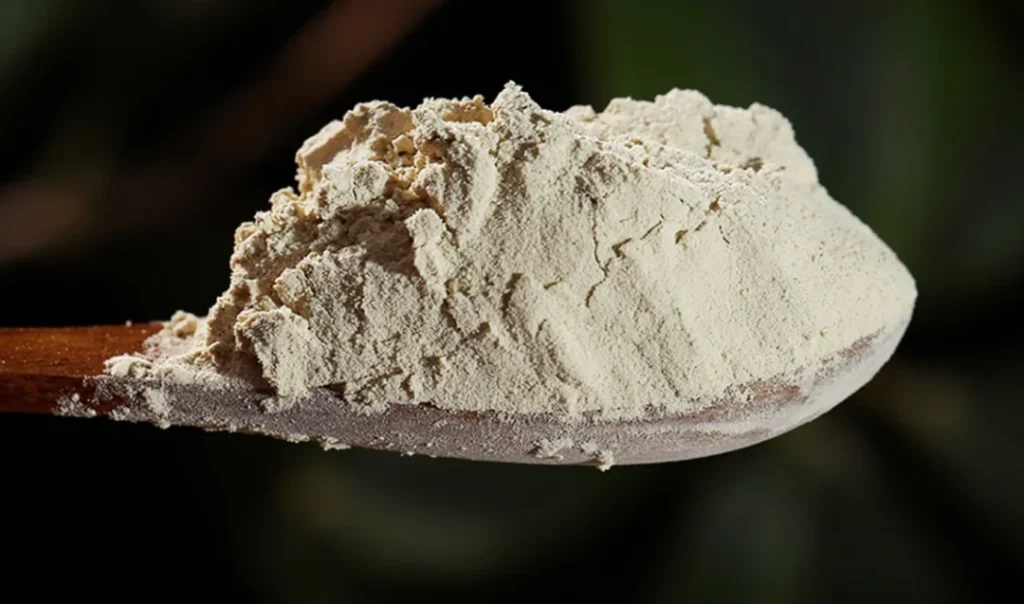The particle size of pharmaceutical powders greatly affects drug bioavailability. This is mainly reflected in these aspects:

Dissolution rate
Smaller drug particles have a larger surface area. This speeds up their dissolution in body fluids. For low-solubility drugs (BCS Ⅱ/Ⅳ class), reducing the particle size can greatly increase their solubility. This speeds up the drug’s entry into the bloodstream and improves bioavailability.
Absorption rate and amount
Finer drug particles have more chances to contact the absorption surface. This makes the intestine absorb the drug molecules more easily. Rapid dissolution and a larger surface area promote quick drug absorption. They also increase the total amount absorbed.
Mixing uniformity
During formulation, small particle size drugs mix better with excipients. This ensures consistent drug content in each dosage unit. It’s crucial for the drug’s stability and efficacy.
Physical stability
Poor particle size control may cause powder agglomeration. This affects the powder’s fluidity and compressibility, reducing the tablet’s uniformity and stability. Good particle size distribution helps maintain the physical stability of the drug preparation.
Production process
Particle size affects drug manufacturability, like flowability and compressibility. This, in turn, affects the final product’s bioavailability. For example, in direct compression, different particle sizes affect blending. This, in turn, affects the drug’s release behavior.
Dissolution behavior
The dissolution rate of a drug is one of the key factors that determine its bioavailability. Small particles usually dissolve faster, especially for poorly soluble drugs. Micronization and other technologies can greatly improve their dissolution and bioavailability.
Security considerations
Reducing particle size can improve bioavailability. But, very fine powders may agglomerate and reduce fluidity. In extreme cases, ultrafine powders may cause toxic reactions due to rapid absorption. So, we need to design and test formulations. This will balance efficacy and safety.
In summary, particle size optimization is an important part of drug development. Controlling particle size can boost drug bioavailability. It ensures drugs are effective and safe.
